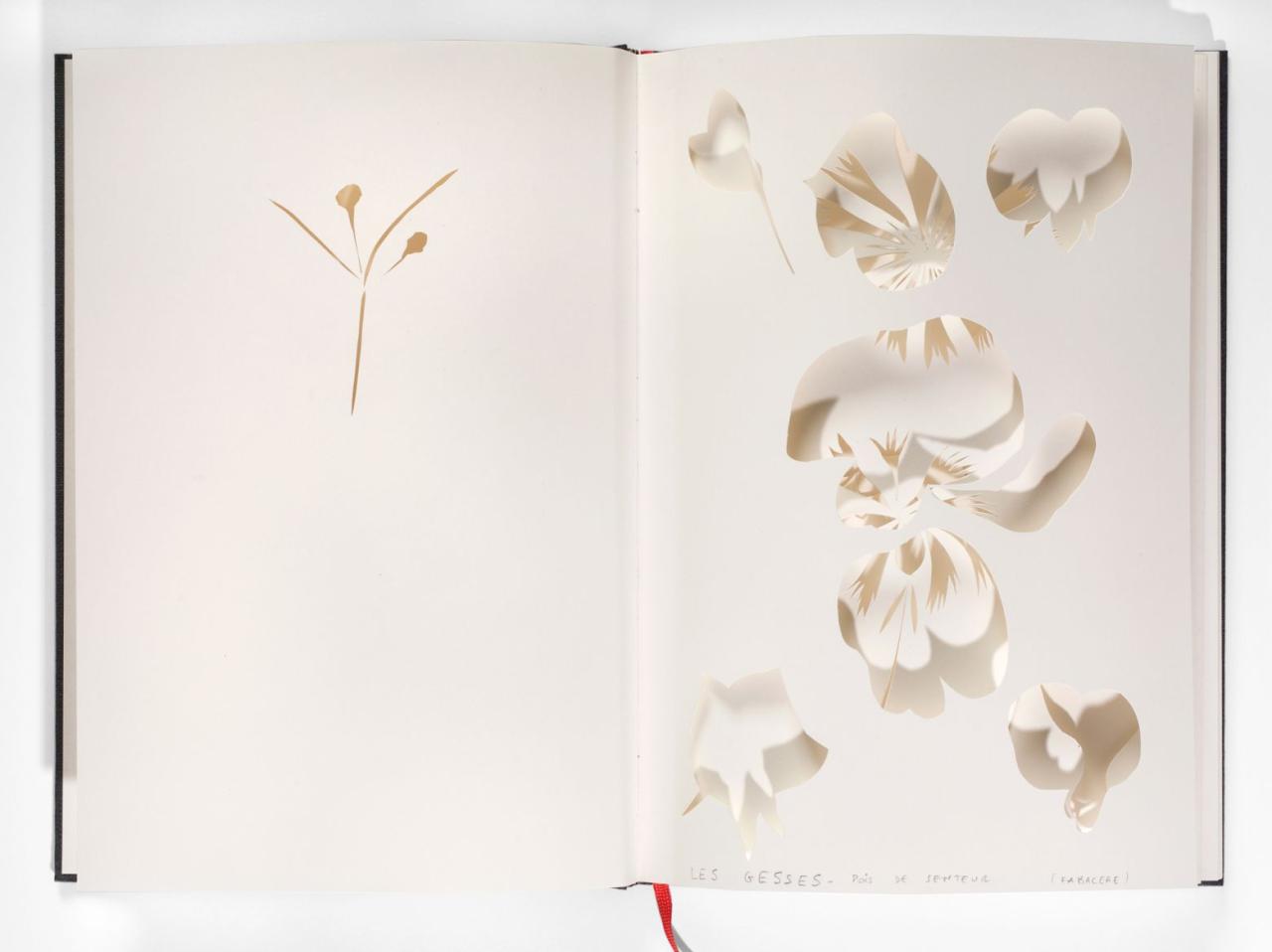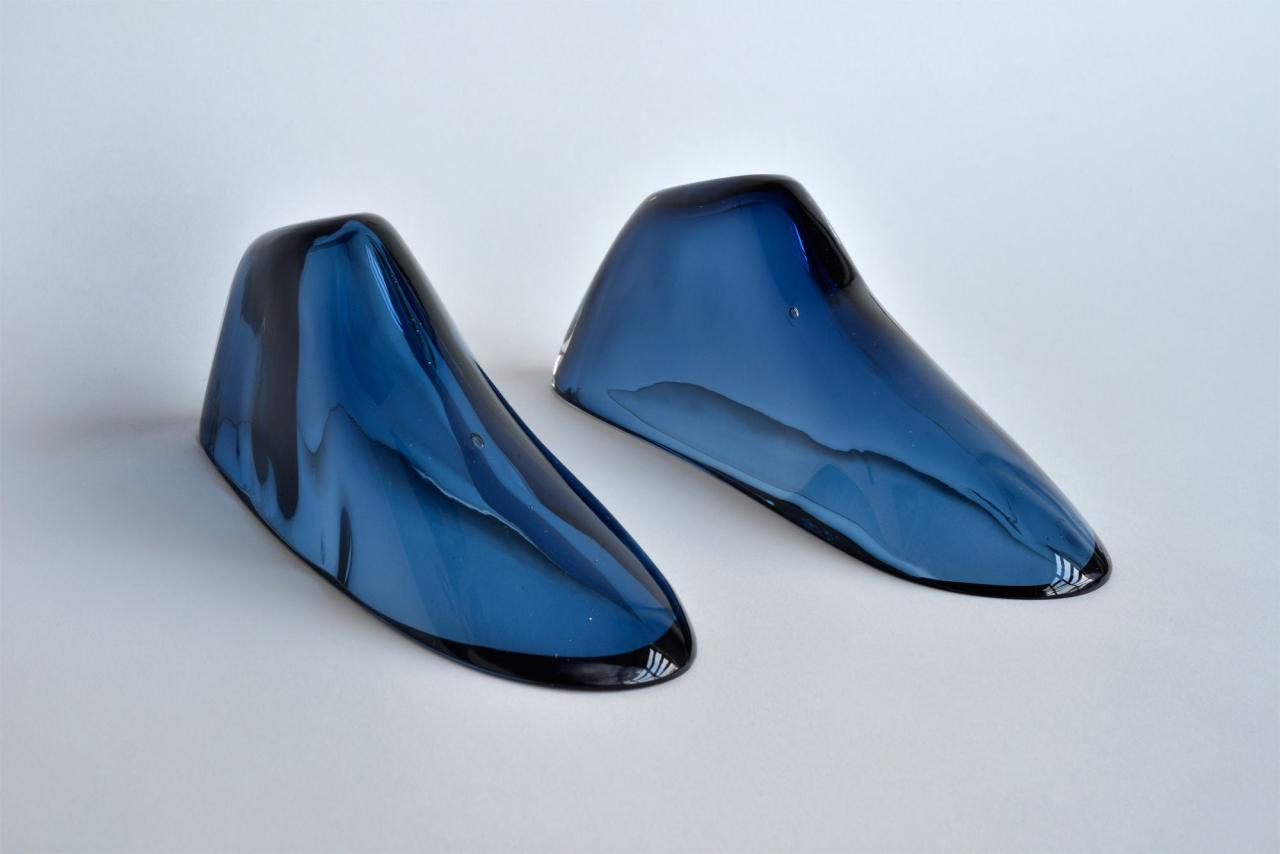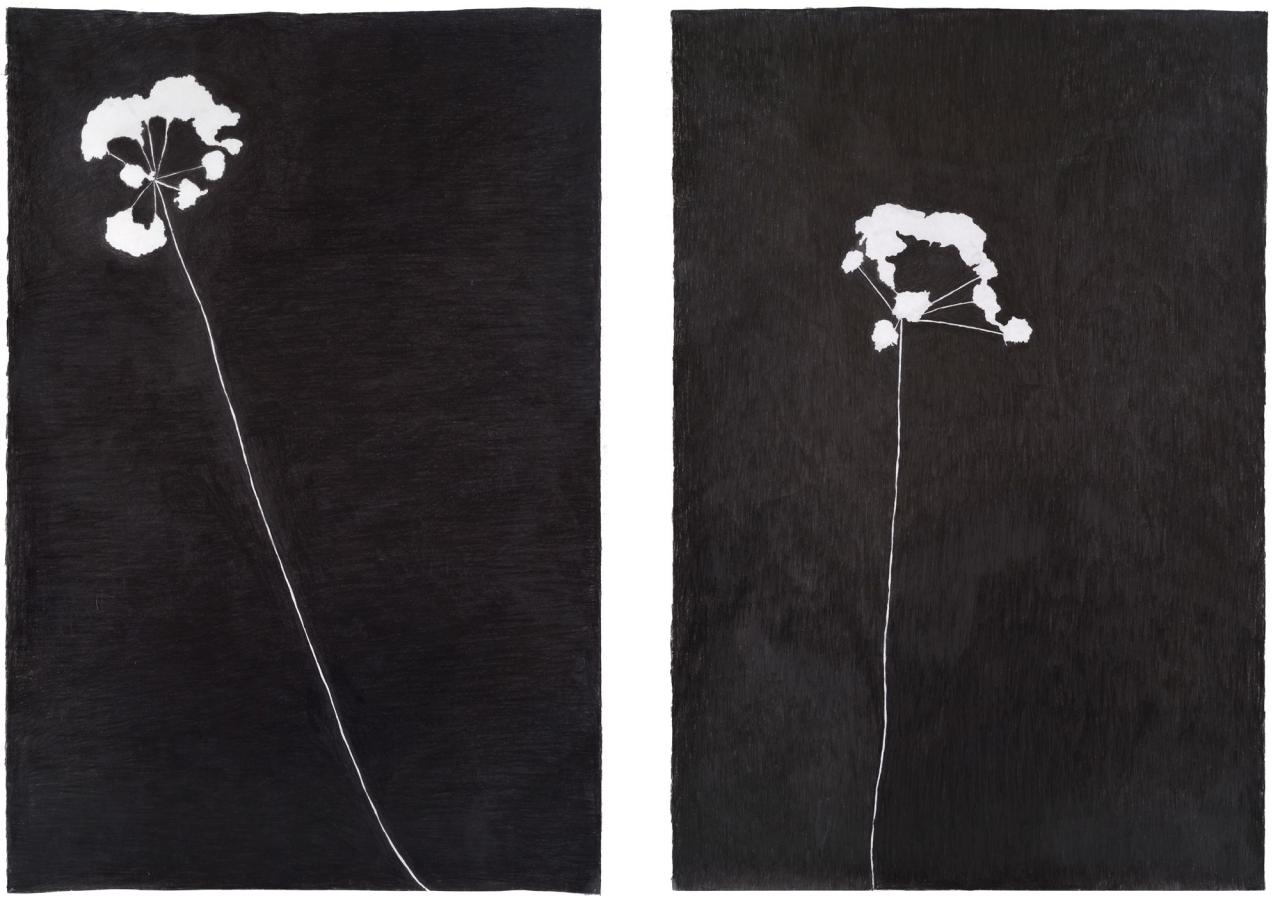Christine Crozat
Born in 1952
Lives and works in Lyon and Paris



“Unbeknown to us, we coexist with innumerable vestiges that are still buried, and so a great deal of the past continues to exist around us and is revealed in fragments or vanishes quietly. History and art history, which constitute their constructed and passed-down discourses, put us in contact with a long line of human beings whose decisions led to a succession of events that conditions what we are today. Christine Crozat’s works take on this intermediary role by recording and preserving the memory of the choices, histories and actions undertaken. The differential preservation and the fact that the materials she uses are unable to withstand time equally make for a captivating phenomenon, in that it gives evidence, like the artist does, of memory’s partiality. The extreme fragility of these objects is precisely what makes her works all the more striking. This would explain her recurring use of organic and delicate materials such as extremely thin Japanese paper, beeswax or flowers that she collects on her walks and dries in her herbariums. In doing so, she collects and shapes fragments of life that do not belong to any memory but her own, which she attempts to remove from time by creating new vestiges. […] This persistence of the presence evoked by traces and vestiges is an image that expresses the power of embodiment in Christine Crozat’s works. On paper, she gradually restores form and relief to shoes by digging into the paper’s thickness, from the reverse side, in hollows and bumps, as if to reveal their ghostly presence. This method of imprinting paper is reminiscent of the way fossils and rock markings are documented using the pencil rubbing technique. […] This form of body and feet imprinting is an image that is in some ways an extension of Christine Crozat’s artistic practices, and is expressed through various processes: clay and resin moulding, glass blowing, used soap collections and scalpel cut-outs.”
Excerpt from Celle qui marche en avant [She who walks ahead], by Matthieu Lelièvre.
Published in the monograph Christine Crozat, published by In Fine, Paris, 2021.
Translated by Lucy Pons, 2024